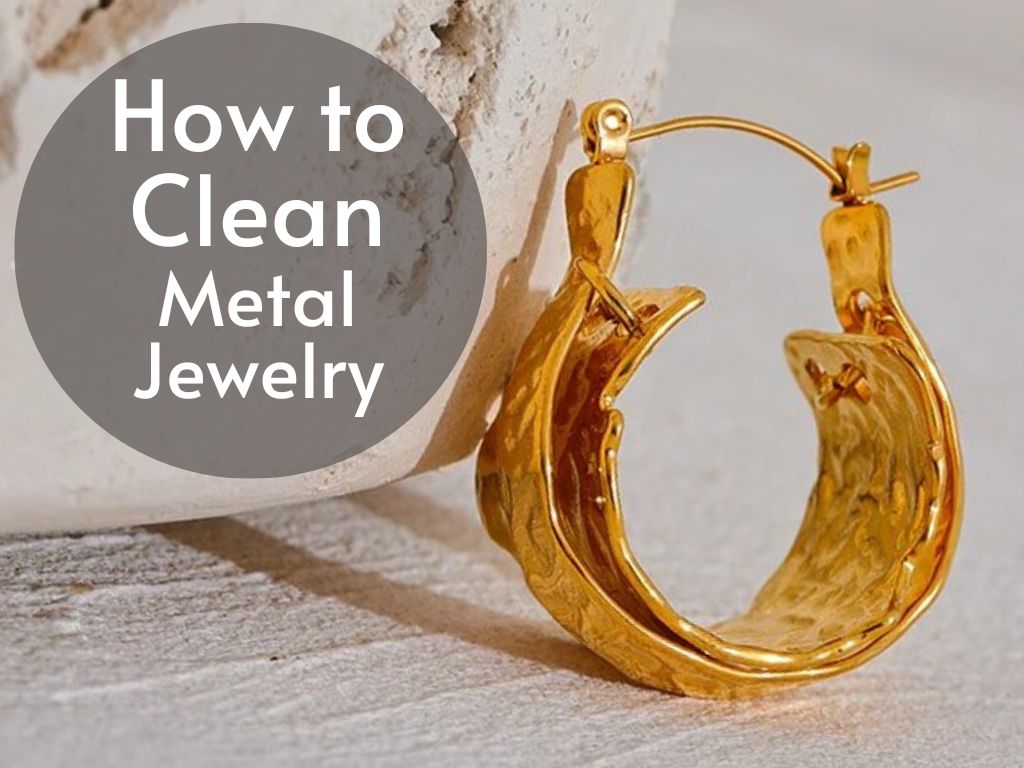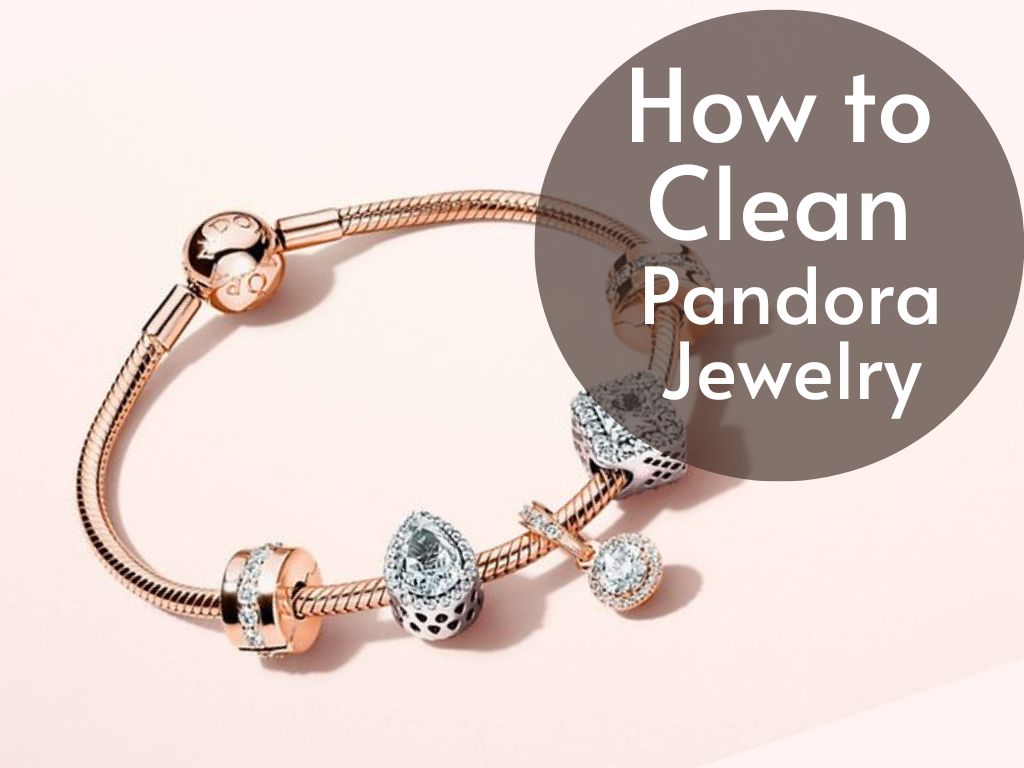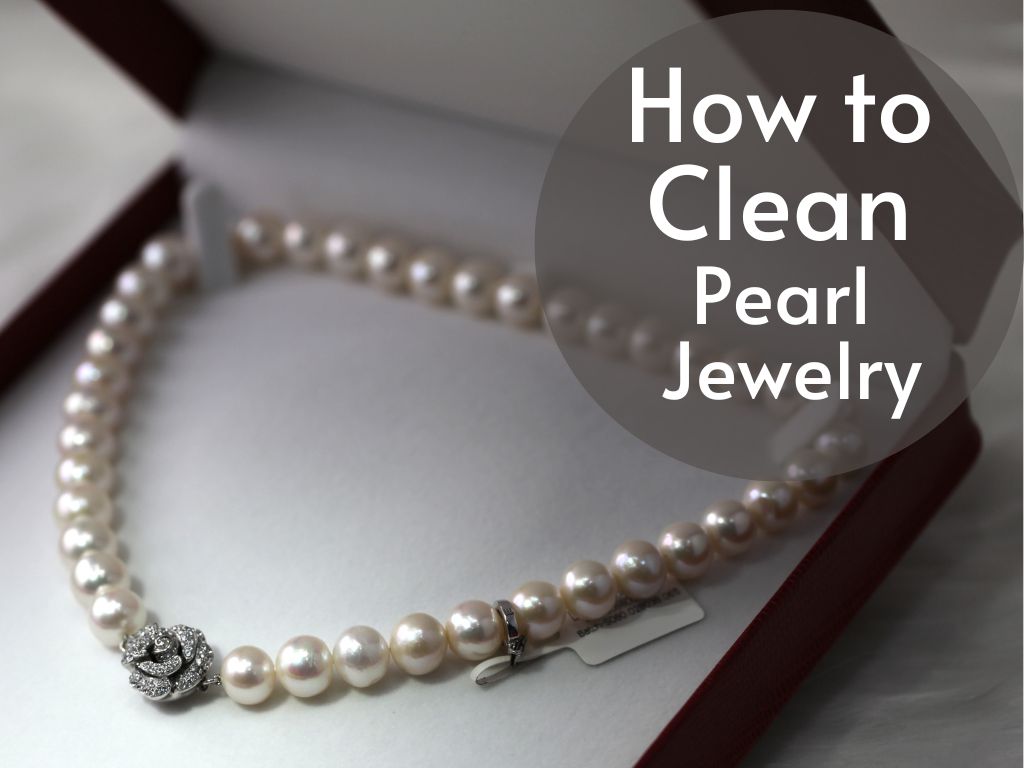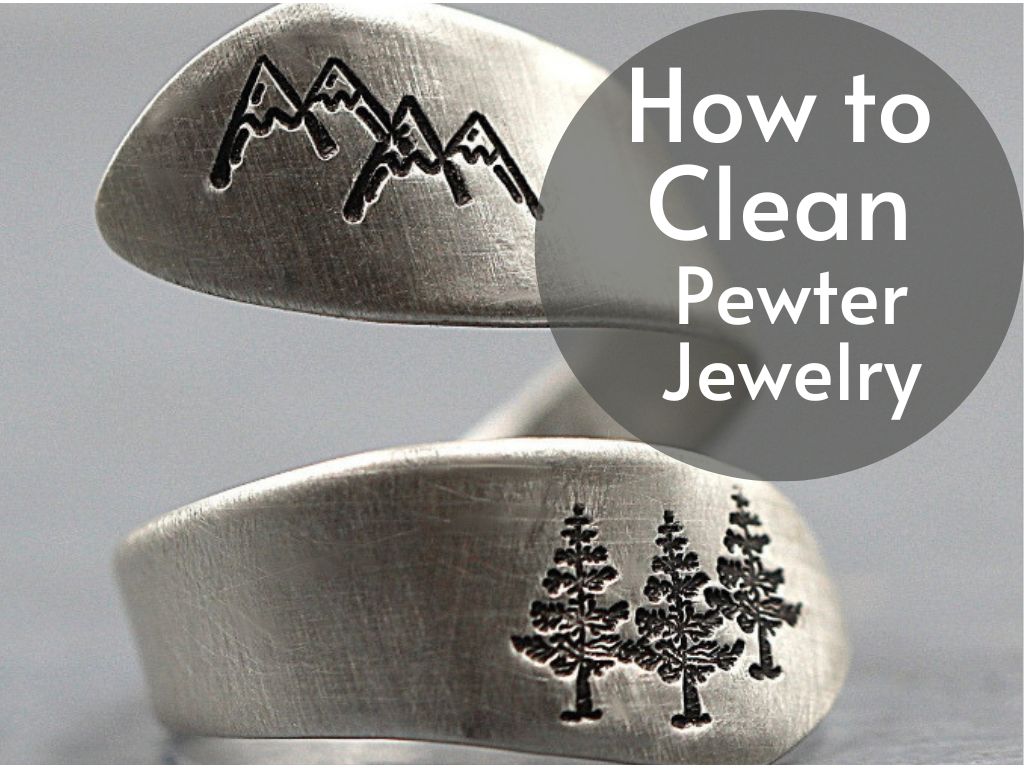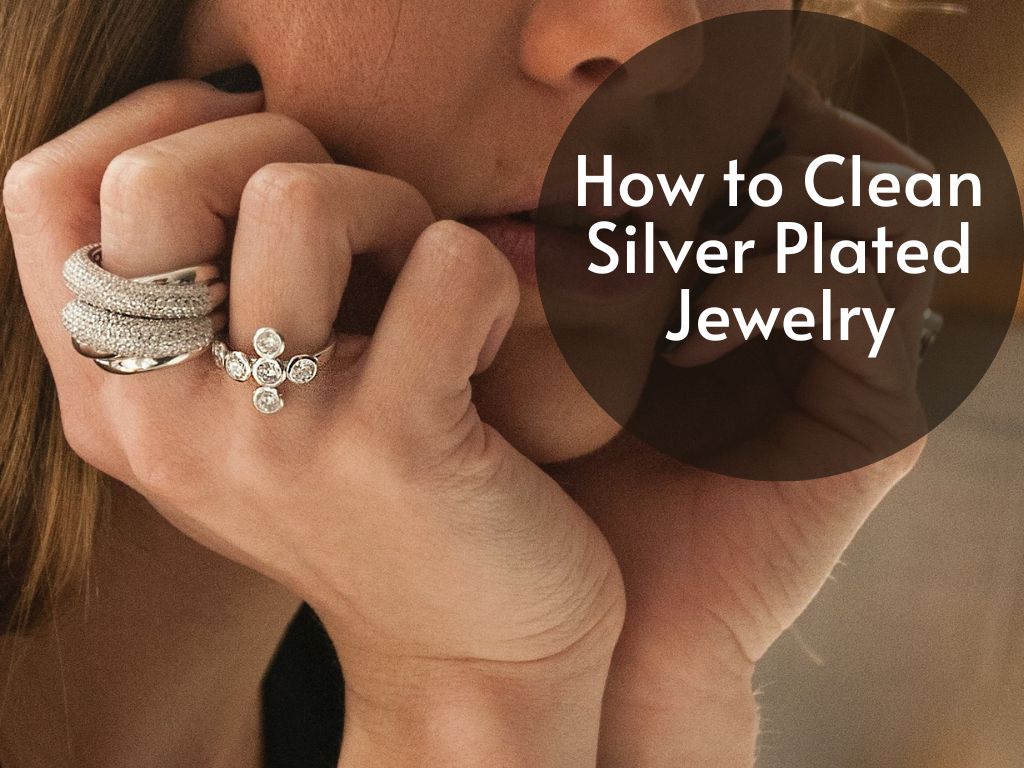Metal jewelry is not only a fashion statement but also a valuable investment that requires proper care to maintain its luster and longevity. Whether it’s gold, silver, or platinum, regular cleaning is essential to keep your jewelry looking its best. In this article, we will delve into the importance of cleaning metal jewelry, explore the benefits of regular maintenance, and provide an overview of the cleaning process.
Importance of Cleaning Metal Jewelry
Cleaning metal jewelry is more than just maintaining its aesthetic appeal; it also plays a crucial role in preserving its integrity. Over time, metals naturally accumulate dirt, oils from our skin, and environmental pollutants that can tarnish their shine and even affect their structural stability.
Neglecting proper cleaning can lead to dullness, discoloration, and in severe cases, irreversible damage to precious gemstones or delicate engravings. Furthermore, proper cleaning helps remove any built-up residue that may cause skin irritation or allergic reactions.
The accumulation of dirt and oils on the surface of metal jewelry can trap bacteria or microbes that may pose a risk to your skin health. By regularly cleaning your metal jewelry pieces, you not only ensure their longevity but also contribute to your overall personal hygiene.
Benefits of Regular Cleaning
Regularly cleaning your metal jewelry offers several noteworthy benefits. Firstly, it helps preserve the shine and brilliance of the pieces.
Metals such as gold are prone to accumulating oils from our skin and everyday environmental factors like dust particles or pollution. By keeping these contaminants at bay through regular cleaning routines, you can maintain the original sparkle and luster of your beloved pieces for years to come.
Secondly, regular maintenance prevents corrosion and tarnish formation on metals like silver or platinum which are more susceptible to oxidation due to their composition. Tarnish not only dulls the appearance but also weakens the structural integrity over time.
Proper cleaning removes tarnish and prevents its recurrence, ensuring that your jewelry remains durable and retains its value over time. An often overlooked benefit of regular cleaning is the opportunity for routine inspection.
During the cleaning process, you can closely examine your jewelry for any loose stones, weakened prongs, or signs of damage. This allows you to address potential issues promptly and seek professional assistance when needed, preventing costly repairs or even loss of precious gemstones.
Overview of the Cleaning Process
The cleaning process for metal jewelry involves a few simple steps that vary depending on the type of metal involved. Generally, it includes preparing a suitable cleaning solution, gently scrubbing with a soft cloth or brush, rinsing thoroughly with water, and properly drying to avoid moisture-related issues. However, it’s crucial to understand that each metal has its unique characteristics and requires specific care techniques.
For example, gold jewelry can be cleaned using mild soap or specialized gold cleaners. Silver jewelry may require polishing creams or homemade tarnish removal methods like baking soda and aluminum foil.
Platinum jewelry often benefits from diamond dazzle sticks and periodic professional polishing. Throughout this article, we will explore in detail the various types of metal jewelry and their specific cleaning requirements to ensure that your cherished pieces remain radiant and well-maintained throughout their lifetime.

Understanding Different Types of Metal Jewelry
Gold Jewelry: Karat Variations and Cleaning Methods
Gold jewelry is revered for its timeless beauty and durability. However, it is essential to understand that gold comes in different karat variations, ranging from 10K to 24K.
The karat number indicates the purity of the gold, with higher karat numbers representing a higher gold content. When it comes to cleaning gold jewelry, the karat variation plays a crucial role.
For lower karat gold jewelry (10K or 14K), which contains a higher percentage of alloys like copper or nickel, you need to take extra care while cleaning. Harsh chemicals or abrasives can tarnish or damage the piece.
Instead, opt for gentle cleaning methods like using mild soapy water and a soft brush to remove dirt and grime gently. On the other hand, higher karat gold jewelry (18K or 24K) has a higher gold content and is less prone to tarnishing.
These pieces can generally withstand more intense cleaning methods like ultrasonic cleaners or commercial jewelry cleaning solutions specially formulated for gold. However, it is always advisable to check with a professional jeweler before attempting any aggressive cleaning techniques.
Silver Jewelry: Sterling Silver vs Pure Silver Cleaning Considerations
Silver jewelry carries an undeniable allure with its elegant shine. Understanding the difference between sterling silver (925 silver) and pure silver (999 silver) is crucial when it comes to maintaining their luster over time. Sterling silver consists of 92.5% pure silver mixed with other metals like copper to enhance its durability.
Due to this composition, sterling silver can tarnish over time when exposed to air and moisture. To prevent tarnishing on sterling silver jewelry, store them in anti-tarnish pouches or use silica gel packets that absorb moisture during storage.
When it comes to cleaning sterling silver, avoid using harsh chemicals or abrasive materials that can scratch or damage the piece. Instead, opt for gentle cleaning methods like using a soft cloth and a silver polishing cream to restore its shine.
Be sure to follow the grain of the metal while polishing and rinse thoroughly to remove any residues. In contrast, pure silver is more prone to scratches but less susceptible to tarnishing compared to sterling silver.
Cleaning pure silver requires extra caution as it is softer and can easily be damaged. Use a soft cloth with mild soapy water for regular cleaning, and avoid excessive rubbing or scrubbing.
Platinum Jewelry: Unique Properties and Cleaning Methods
Platinum jewelry is renowned for its stunning beauty and remarkable durability, making it an excellent choice for crafting exquisite pieces. Understanding platinum’s unique properties is essential when considering the best cleaning methods. Platinum’s density makes it resistant to wear over time, but it still requires proper care to maintain its luster.
Due to its naturally white appearance, daily wear can cause dirt buildup on platinum jewelry. To clean platinum pieces effectively, create a mixture of mild soap and warm water.
Gently scrub the jewelry with a soft brush along with intricate areas like prongs or settings where dirt may accumulate. Avoid exposing platinum jewelry to harsh chemicals or abrasive materials as they can dull its surface or cause scratches.
Additionally, consider removing platinum rings before engaging in activities that may subject them to unnecessary stress or potential damage. To retain platinum’s lustrous shine at home, periodic professional polishing ensures optimal brilliance without any harm done.
Jewelers possess specialized tools like diamond dazzle sticks that reach intricate spots difficult for regular cleaning techniques. By understanding the distinctions between various types of metal jewelry – such as gold, silver, and platinum – you can embark on an effective journey towards preserving their natural radiance while basking in their timeless elegance.
General Cleaning Techniques for Metal Jewelry
Preparing the Cleaning Solution
The first step in effectively cleaning metal jewelry is to prepare the appropriate cleaning solution. While there are several store-bought options available, you can also make a gentle cleaner at home using readily available household items. One popular homemade solution is a mixture of warm water, mild dish soap, and a few drops of ammonia.
The warm water helps to dissolve dirt and grime, while the dish soap acts as a gentle cleanser and the ammonia aids in cutting through stubborn residue. It is important to note that this solution should not be used on porous gemstones or pearls as it may damage them.
Recipe for a Homemade Gentle Cleaner
To create your own gentle cleaner at home, follow these simple steps:
- Fill a small bowl with warm water.
- Add a few drops of mild dish soap and mix gently until it forms suds.
- Optional: Add 1-2 drops of ammonia for extra cleaning power.
- Stir the solution lightly to ensure all ingredients are blended. Remember to only make enough solution for one use and discard any unused mixture afterward, as the effectiveness of homemade cleaners may diminish over time.
Cleaning with a Soft Cloth or Brush
Once you have prepared the cleaning solution, it’s time to proceed with actually cleaning your metal jewelry using a soft cloth or brush. The choice between using either cloth or brush depends on the type of metal you are dealing with, as some metals are more delicate than others.
When working with softer metals like gold or silver, it’s essential to use a soft cloth made from lint-free materials such as microfiber or cotton. These materials help avoid scratching or damaging the surface of your jewelry while effectively removing dirt and grime.
For more robust metals like platinum, which can withstand slight pressure, a soft-bristled brush can be used. Look for brushes specifically designed for jewelry cleaning, ensuring that the bristles are gentle and won’t cause any scratches.
Step-by-step Instructions for Gently Scrubbing Away Dirt and Grime
1. Dip the soft cloth or brush into the prepared cleaning solution until it is slightly damp but not soaked.
2. Gently rub the surface of your metal jewelry using circular motions. Pay close attention to areas where dirt and oils tend to accumulate, such as crevices or intricate designs.
3. Avoid applying excessive pressure while cleaning, as this may lead to scratches or damage.
4. Continue gently scrubbing until all visible dirt and grime are removed.
5. Rinse your jewelry under lukewarm water to remove any residual cleaning solution, making sure to avoid contact with drains.
6. Pat dry thoroughly with a soft, clean cloth to prevent water spots or tarnish from forming.
By following these step-by-step instructions and using the appropriate cloth or brush for your specific metal type, you can effectively clean your metal jewelry without causing any damage or compromising its shine. Remember, maintaining a regular cleaning routine will help preserve the beauty of your metal jewelry and ensure it sparkles for years to come.
Cleaning Gold Jewelry
Ultrasonic Cleaners: Harnessing the Power of Sound Waves
Gold jewelry, known for its timeless beauty, often requires specialized cleaning techniques to ensure its proper maintenance. One such method is utilizing ultrasonic cleaners, which are particularly effective in removing ingrained dirt and grime from intricate gold pieces.
These machines work by generating high-frequency sound waves that create microscopic bubbles in a cleaning solution. As these bubbles implode, they produce tiny shockwaves that dislodge debris without causing any damage to the jewelry itself.
However, it is essential to exercise caution while using ultrasonic cleaners for gold jewelry. Firstly, ensure that the cleaner is suitable for use with delicate items such as gold jewelry.
Additionally, always follow the manufacturer’s instructions regarding the type and concentration of cleaning solution to be used. Moreover, take note of specific precautions like avoiding ultrasonic cleaning for fragile gemstones or pieces with loose settings as the vibrations may cause them to become dislodged.
Polishing: Restoring Luster to Dull Gold Pieces
Over time, gold jewelry may lose its original shine and appear dull due to daily wear and exposure to environmental elements. However, restoring its radiance is possible through effective polishing techniques. Begin by preparing a mild soapy solution using warm water and a few drops of dish soap.
Gently scrub the gold piece with a soft-bristled toothbrush or cloth dipped in this solution to remove surface dirt and oils. For more stubborn tarnish or lackluster surfaces, consider using commercial gold polishing products available in the market.
Follow the product instructions carefully and apply it gently onto your jewelry using a clean cloth or brush specifically designed for gold polishing. Remember not to over polish your pieces as excessive rubbing can wear away the thin layer of plating on some gold jewelry items.
Cleaning Silver Jewelry
Tarnish Removal: A Simple Home Remedy
Silver jewelry, renowned for its elegance and versatility, is prone to tarnishing over time. However, a simple home remedy can effectively remove tarnish and restore its luster.
Start by lining a glass dish with aluminum foil, ensuring that the shiny side faces up. Place your silver jewelry on top of the foil without touching other pieces.
Sprinkle baking soda generously over the items and pour hot water over them until fully submerged. Allow it to sit for a few minutes or until you notice the tarnish transferring onto the foil.
Once the tarnish has been removed, rinse your silver jewelry thoroughly with water and gently pat dry using a soft cloth. Remember to be extra careful when cleaning silver pieces with gemstones or delicate settings to avoid any potential damage caused by prolonged exposure to baking soda or hot water.
Polishing: Specialized Techniques for Silver Jewelry
While tarnish removal is crucial for maintaining silver jewelry, regular polishing helps maintain its brilliance and shine. Consider investing in specialized silver polishing cloths or creams available in most jewelry stores.
These products are designed specifically to remove oxidation and restore luster without scratching or damaging the metal. When using a polishing cloth, gently rub the surface of your silver piece in a back-and-forth motion until you achieve the desired shine.
If you opt for a cream-based polish, apply a small amount onto a soft cloth and work it into your jewelry piece following the contours of its design. Make sure to rinse off any residue thoroughly after polishing and dry it carefully before storing or wearing.
Cleaning Platinum Jewelry
Diamond Dazzle Sticks: A Sparkling Solution
Platinum jewelry, known for its durability and rarity, often features intricate designs embellished with precious gemstones like diamonds. To maintain their brilliance, a specialized cleaning tool known as a diamond dazzle stick can be highly effective.
These portable devices typically consist of a brush and a cleaning solution specifically formulated for diamonds and platinum settings. Gently brush your platinum jewelry, ensuring that the bristles reach all the corners and crevices where dirt may accumulate.
The cleaning solution within the stick will dissolve any dirt or oils, leaving your jewelry looking as radiant as ever. Remember to follow the instructions provided with the diamond dazzle stick and exercise caution while using it on other gemstones or soft metals that may react unfavorably to its formula.
Conclusion
Taking care of your precious metal jewelry is essential for preserving its beauty and extending its lifespan. Through specialized cleaning techniques like ultrasonic cleaners for gold, tarnish removal using baking soda for silver, and diamond dazzle sticks for platinum, you can restore their original shine and ensure they remain breathtaking pieces to be cherished.
By investing time in proper maintenance, you not only protect your valuable jewelry but also maintain an exquisite symbol of your personal style. So go ahead, embrace the sparkle!

